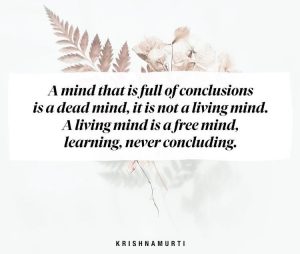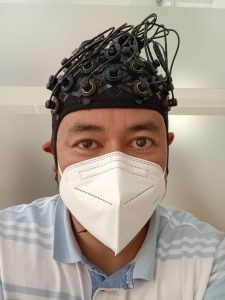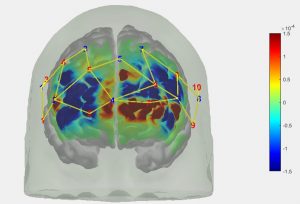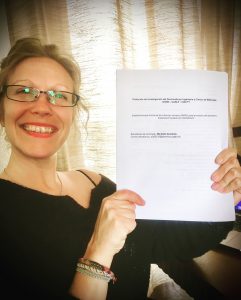 Both the yogic mind and the truly scientific mind must be a living mind, learning, never ending. Gently holding onto observed truths and patterns, but willingly letting them go if proven to be false. In this way, the flow of knowledge is constant and is never dead or stagnant.
Both the yogic mind and the truly scientific mind must be a living mind, learning, never ending. Gently holding onto observed truths and patterns, but willingly letting them go if proven to be false. In this way, the flow of knowledge is constant and is never dead or stagnant.
It is this curiosity that sheds light on ignorance and destroys the great illusion of Maya.
So, when the opportunity arose to apply for a PhD researching the effects of yoga asana on the brain using the quantitative measurements of fNIRS brain imaging technology, I jumped at the chance.
Now, as a PhD student at the University of San Luis Potosí Autónomo, Mexico, I will use fNIRS brain imaging technology to look at the effects of yoga on the brain.
Light on Yoga – fNIRS brain imaging technology

Functional near-infrared spectroscopy (fNIRS) is an experimental non-invasive, non-ionizing neuroimaging technique that employs multiple sources and near-infrared light detectors to map brain activity through the observation of oxygen saturation levels in hemoglobin.
Unlike functional magnetic resonance imaging, fNIRS allows patients to capture images during movement while observing brain activity, such as the prefrontal cortex (PFC), which has been identified as a key brain area to understand important aspects of well-being and its practices.
It has also been observed that measurements of heart rate variability (HRV) approach the accuracy of an electroencephalogram (EEG), making it advantageous in research where characterization of the autonomic nervous system (i.e., vagal tone) and its relationship to brain activity is desired.
The Third Eye – The Prefrontal Cortex

Many people think that the third eye is attributed to the pineal gland. However, according to Dr. Huberman of Huberman Labs, it
makes much more sense to associate the third eye with the prefrontal cortex. This is due to the fact that when we enter meditation, the space between the eyebrows where people are often told to focus is the prefrontal cortex. In addition, the prefrontal cortex is the area of the brain associated with executive functioning, or rather, the higher mind that perceives life beyond the animal instincts associated with the reptilian part of the brain located further back.
The prefrontal cortex is the most advanced part of the frontal cortex and constitutes 30% of the total cortical area. Its exact definition and role remains an area of debate in neuroscience. However, it is widely accepted that this is the area responsible for executive functioning and complex behavior. It is here that automatic and instinctive reactions are controlled, past memory and learned experience are analyzed, and future action is reviewed, planned and executed. Several researchers have highlighted the importance of the prefrontal cortex as an important region of interest in both the treatment and diagnosis of psychological disorders, stress levels, emotional response and well-being.
The prefrontal cortex (PFC) has emerged in one of the most consistently diminished regions in mood disorders with reduced functional connectivity that is reduced in the Default Mode Network (DMN) and the Cognitive Control Network (CCN). It has been observed that reduced functional connectivity within the default mode network correlated with major depressive disorder.
Santosha – La Importancia del Bienestar

In the philosophy of Yoga there is the concept Santosha is related to being content. In Western research language, its equivalent would be well-being. The World Health Organization (WHO) indicates that the decrease in levels of well-being and the increase in cases of major depression is the factor that contributes most to the global burden of diseases when measuring the years of health and capacity lost due to this pathology.
Both psychology and behavioral medicine indicate that physiological stress reactions confer risk of psychological and physical illness. Integrative, multidisciplinary research that applies neuroimaging technology that is capable of recording both brain and cardiac activity can help bridge historically separate disciplines of physiology and psychology and clarify the brain-body pathways that link psychological and physical well-being.
The above has the potential to provide more accurate diagnoses and treatment assessments. Exploring neurobiological markers of well-being and neurological changes that result from yoga practices could provide more accurate diagnosis, effective treatment, and preventive care.
